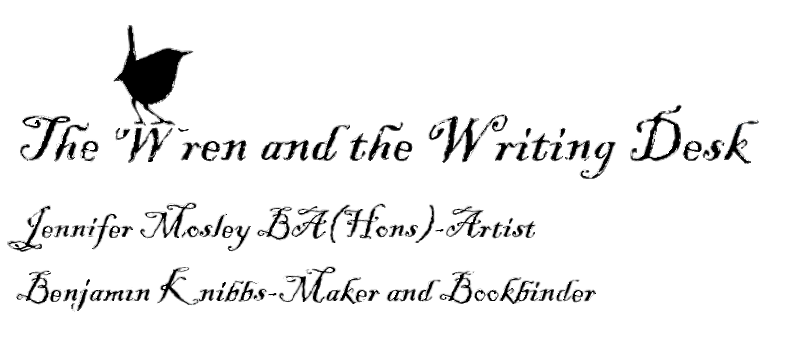Jennifer Mosley-ARTIST
Now here’s a story to begin with…
When looking back at my childhood I can’t avoid recalling all the fairy tale connections. Throughout my childhood my Dad would spend most of his time in his workshop which was full of incredible objects that he had collected over the years. Our dining room was a miniature museum of automata which Dad had created: Witches riding in carriages; a magician doing card tricks; Bubbles, blowing bubbles; A young girl holding a bird and moving as if singing. My Mum would read fairy tales to me creating the voices of the characters and tell me of the fairy clock (Dandelion) and fairy shoes (white dead nettles). On my eighth Christmas I received a beautifully illustrated Grimm’s fairy tale book, which I still treasure.
‘In fairy tales the world of reality is left behind from the very start. Wish fulfilments, secret powers, omnipotence of thoughts, animation of inanimate objects, all the elements so common in fairy stories.’
My interest in fairy tales returned to me as an adult. To me they are a link with my childhood, when everything was a learning experience and I was over – imaginative and a daydreamer. I discovered that most fairy tales are quite horrific; this juxtaposed with their childlike innocence is what drew me to them once again.
Fairy tales contain both childhood innocence with the sometimes terrifying and macabre which I would like to create in my sculptures. I hope to provoke a feeling of unease and the uncanny.
Dad’s Automata
Benjamin Knibbs-Maker and bookbinder
Ever since I can remember I have been drawing, painting and creating things from found ‘bits and pieces’. During my childhood my Mum, an art teacher at a private boarding school, had a well stocked art room and encouraged me to be creative. I was introduced to clay modelling, paper-mache modelling, painting, life drawing, charcoal and chalk drawing as well as extra lessons in fine carpentry. My sister Rachel is a talented artist; and during our childhood we were both competitive which I think helped to drive us both.
It wasn’t until I was in my early twenties when I became involved in the Rudolf Steiner movement that my eyes were opened to ‘rural crafts’. I watched my colleague Hywel Davies, (one of the last welsh clog makers) carry out his craft, I worked in the weaving room on one of the large looms. I was introduced to willow basketry, hedge laying, wood coppicing and this fired my passion for all things environmental and the concerns I have with the damage human beings are doing to this planet.
The note books I create are made from natural objects I find on the beach or in the nearby woodlands. I also rescue books that are destined to landfill (books found in jumble sales, farm barns, book graveyards -warehouses that store books without the prospect of finding a ‘good home’).
To give books a second chance, and a new life- I clean the covers and I take them apart. I carefully save any interesting plates, illustrations, library, school prize plates and interesting end-papers- for future projects. I then start afresh; rebind new pages into the original covers. I try to avoid buying new materials, instead relying on charity shops and flea markets for vintage linen threads.
‘The book form which we all take for granted, are composed of two fragile materials- paper and thread. If constructed in the right way with the correct stitch and the correct attention to detail- the book can last for thousands of years’



